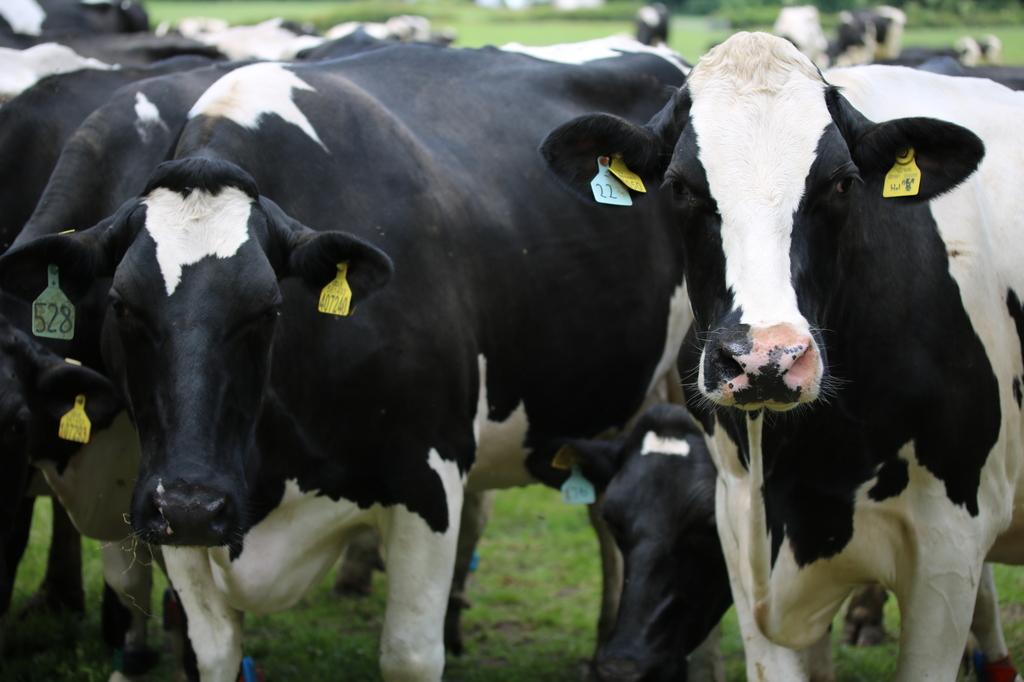The farm carbon footprint calculator suitable for all farm enterprises
As a food producer, you’re facing constant challenges, from compliance and financial security, to staying competitive in the ever-changing market conditions. Transition to low-carbon agriculture is one area that has recently opened up and as such needs a new-style navigation and education, on a road that might not be clear to everyone just yet.
Agrecalc, the farm carbon footprint calculator, is here to support food producers, with the aim to account for emissions resulting from agricultural use of the land. Agrecalc takes into account emissions from: land and crop, livestock, and energy and waste.
Our practical, on-farm data audit and reporting allows for a quick glance emissions per farming activity. Agrecalc Cloud, with its new Reports dashboard, allows for easy information consumption at a glance.
This information helps inform business decisions, and allows farmers and food producers to:
- Align with government policy, secure grants and subsidies and other payments
- Achieve business resilience and improve resource utilisation
- Build strong supply chain relationships and improve product provenance
- Move closer to what the end consumer demands.








